- Home›
- Healthy Living›
- World Heart Day- Common Reasons Why Heart Attack Is On Rise For 30-40 Years Age People
World Heart Day- Common Reasons Why Heart Attack Is On Rise For 30-40 Years Age People
By: Kratika Maheshwari Thu, 29 Sept 2022 11:19:42
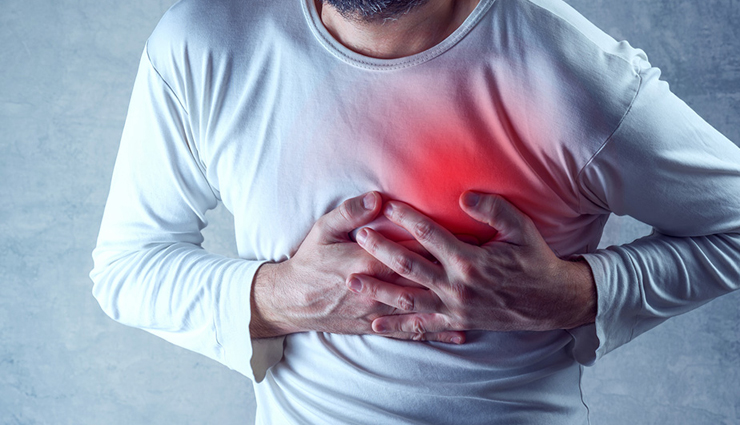
The World Heart Foundation had its origins in the International Society of Cardiology, founded in 1946. In 1978, the International Society of Cardiology and the International Federation of Cardiology merged to form the International Society and Federation of Cardiology.
The sudden demise of talented and renowned television personality Siddharth Shukla, Comedian Raju Srivastav and many more shook us to the core. The 40-year-old actor suffered from a massive heart attack that claimed his life.
There has been a rise in heart diseases and sudden heart attacks becoming life-threatening for many in their 30s and 40s. Let us delve deeper to understand the cause of heart attacks in younger age groups.

# What is a Heart Attack?
A heart attack is a medical emergency condition. It usually occurs when there is some obstruction in blood flow to the heart. As blood also carries oxygen with it, the heart muscles begin to die during a heart attack. But if intercepted earlier, the doctors can minimize the damage to heart muscles.

# What are the common signs and symptoms of a heart attack?
The symptoms of heart attack vary a lot. Not all people have symptoms of similar severity. In some, the symptoms are mild, while others may experience severe symptoms. But people may have warning symptoms for hours, days, or weeks in advance. The earliest and most common can be angina (pain in the chest) which can happen by exertion and be relieved by rest.
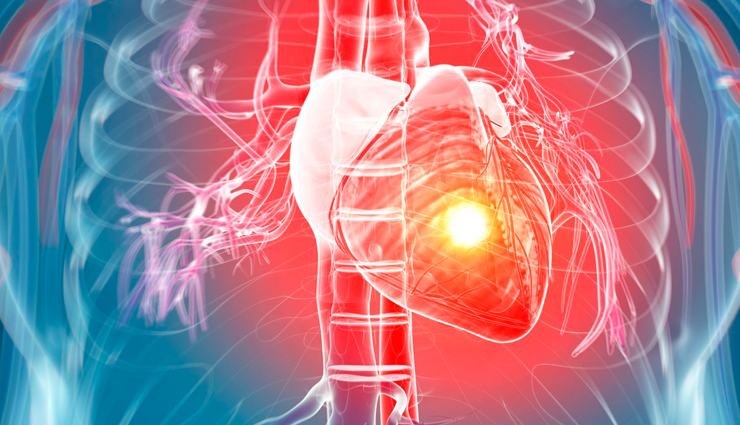
# Some common symptoms of heart attack are
- Feeling of pressure or tightness or pain in the chest or arms spreading to the neck, back, or jaw
- Abdominal pain, nausea, and indigestion
- Breathing difficulty
- Cold sweat
- Dizziness and fatigue
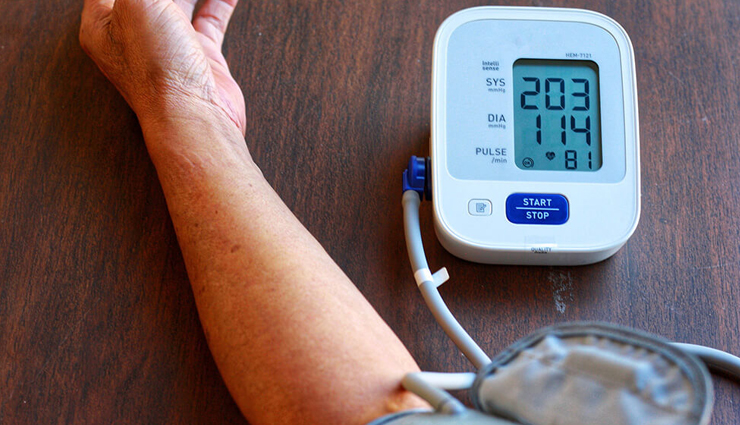
# What are the most common risk factors for heart attacks?
Certain factors may play a pivotal role in developing heart disease in a person.
Some of them are curable and controllable and some are not. Some risk factors pass through the generations (hereditary) while some are due to a sedentary lifestyle.
- High Blood Pressure
It may be hereditary or may be due to other diseases (secondary hypertension). In most cases, the lifestyle changes can help to control high blood pressure.
- Cholesterol
With high cholesterol levels, fatty plaque build-up begins, which may cause narrowing of vessels carrying blood to the heart (atherosclerosis). With time atherosclerosis may lead to heart diseases.

- Smoking and tobacco consumption
Nicotine (an active ingredient in tobacco) narrows the blood vessels and puts an additional burden on the heart.
- Obesity
Obesity is one of the major causes of heart disease. Obese individuals require more blood to supply oxygen resulting in an increase in blood pressure. High blood pressure can lead to a heart attack.
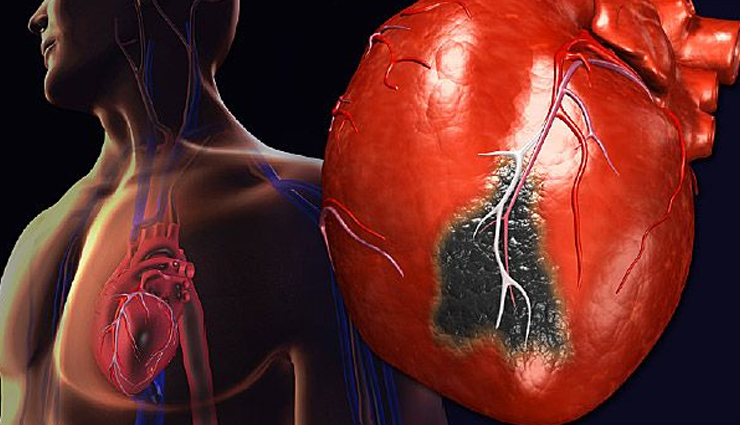
# Why are heart attacks at young age rising these days?
Lifestyle factors, diet, and genetic issues are leading to an increased incidence of heart attacks in the 30s and 40s. Due to the pandemic, some people are reporting post-COVID heart issues, clotting disorders, and complications, making them susceptible to heart diseases.
Increased stress, especially during this pandemic, is another risk factor that has become a major reason for a heart attack.
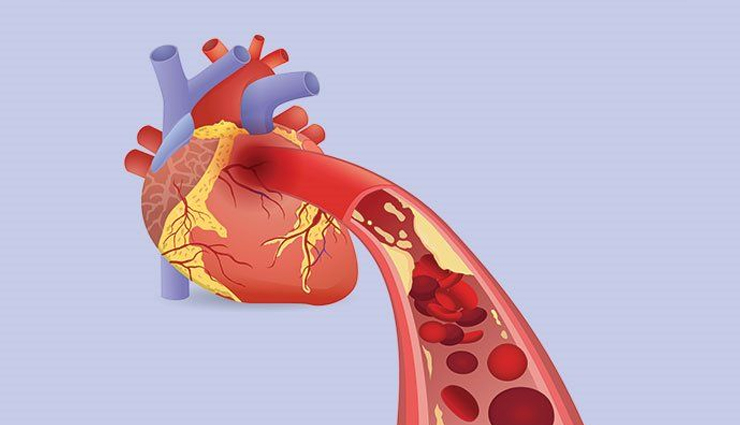
# What can we do to prevent the risk of getting a heart attack?
Lifestyle management is our single most effective shield in preventing us from any heart disease. A healthy routine can help us in mitigating the risk of a heart attack. Some of the healthy heart habits can be:
- Heart friendly diet and reduction in intake of processed food
- Daily exercise and optimal physical activity
- Reduction in alcohol consumption
- Avoiding consumption of tobacco in any form
- Routine preventive health check-ups
- Alleviation of stress levels through yoga and other recreational activities
- Make yourself aware of the signs and symptoms of heart disease.





